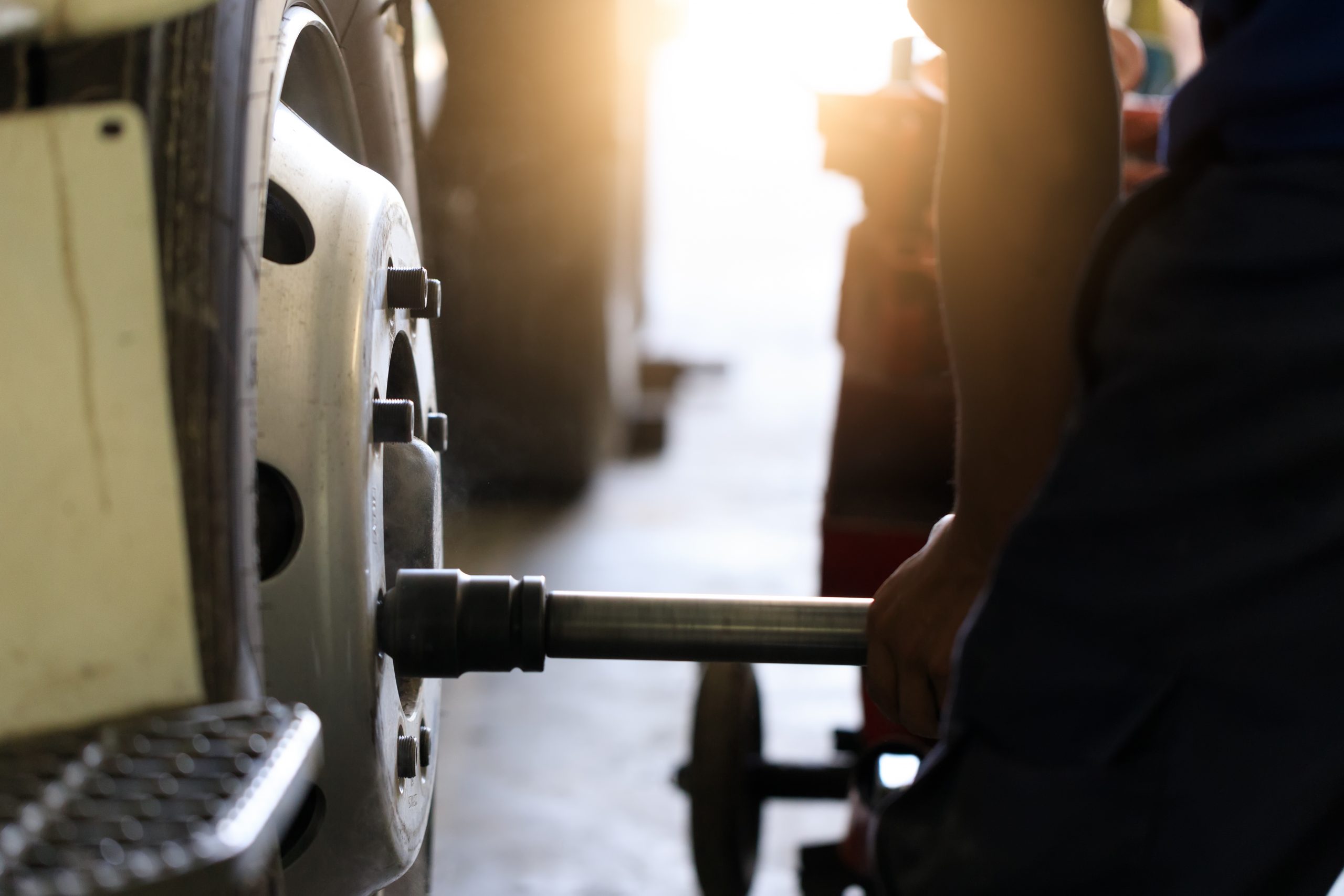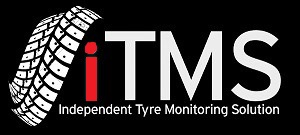TRUCK TYRE MAINTENANCE TIPS
Tyres are a major, ongoing cost in all transport related industries, so having a comprehensive tyre maintenance plan will give you the best chance of maximizing that investment and prolonging tyre life.
Tyre maintenance doesn’t stop at checking tyre pressures regularly, there are many more aspects that will help to get the maximum mileage from your tyres.
1. CORRECT TYRE PRESSURE
Having the correct tyre pressure for the application of the job is a vital component of tyre health. It is not always necessary to run the maximum pressure that is marked on the sidewall. In fact, you can do just as much damage to a tyre by over-inflating it as you can by under-inflating. A load/pressure chart can be a handy tool to check what pressure you should be putting in the tyres for the prescribed load weight.
Having the correct pressure to load combination will give you the ideal Rectangular shaped ‘Contact Patch’ on the road with every tyre revolution. A tyre running too much pressure will create an Oval shaped contact patch, meaning that the centre of the tyre has more contact with the surface of the road than the shoulders, thus creating a scenario where the middle of the tyre will wear out more than the edges, or will create scalloped wear from the tyre bouncing unnecessarily.
Conversely, if the tyre is under-inflated for the load that it is carrying, there will be more contact on the shoulders of the tyre than in the centre, which will result in premature wear of the tyre. This also creates a safety issue, as an under-inflated tyre will build up excessive heat, due to the increased sidewall flexing, and can lead to a tyre failure or ‘blowout’.
The safety and performance of a tyre is greatly increased when the contact patch, or ‘Footprint’, is maximised according to the load and pressure being applied.
Another thing that a lot of people don’t realise is that a large proportion of uneven tyre wear happens when the vehicle is unloaded. If the tyre pressures are set for a loaded vehicle, a return trip unloaded will give the same results as running the tyres over-inflated.
Food for thought – If you’re coming home empty and have time to adjust the tyre pressures down to suit the weight being carried, you can increase your tyre life exponentially.

2. AXLE ALIGNMENT
Correct axle alignment, be it Steer, Drive or Trailer Axle, plays a major role in maximising tyre life. Along side tyre pressure, Axle Alignment is the biggest factor that controls how a tyre will wear. A tyre will only wear how the vehicle tells it to, it’s as simple as that. If an axle is not pointing the vehicle in the right direction, the tyres will wear the shoulders prematurely and decrease the Cents Per Kilometre (CPK) output of your investment in them.
It is not just the Steer axle that needs to be correct. A drive or trailer axle misalignment can cause just as much tyre wear as a Steer axle. If a rear axle is out of alignment, it acts much like the rudder on a boat. It will tell the trailer to ‘steer’ in one direction, causing the driver to steer the vehicle in the other direction to counteract what is happening behind them. This can cause inside and outside wear on the steer tyres, as well as premature wear on the misaligned axle itself.
The regularity of axle alignments should be relative to the type of roads that the vehicle is being driven on. If the vehicle is consistently being used off road or on poor quality surfaces, you should be checking the alignment as often as possible, particularly if you notice some uneven tyre wear.
3. WHEEL ROTATIONS
Wheel rotations are a strongly encouraged practice to increase tyre life and limit uneven wear. For instance, a tri-axle trailer will often wear the tyres out faster on the front and rear axle than it does on the centre axle. To combat this, it is advised to rotate the axles at regular intervals to increase tyre life.
This practice is also encouraged for Drive and Steer axles, as they are also prone to wearing the tyres more on one side of the vehicle to the other, particularly as the left-hand side of the vehicle is often running on the edge of the road surface and can be susceptible to increased wear.
4. TREAD DEPTH MEASUREMENT
Tyre tread depths should be checked at regular intervals, along with tyre pressures. This is an important part of your tyre maintenance plan, particularly for dual fitment axles, as a discrepancy of more than 2mm in depth between a dual pairing can have a dramatic effect in the way that the tyres wear.
5. GENERAL TYRE WEAR MONITORING AND REPORTING
It is important to take note of any irregular tyre wear whenever you are doing a vehicle check. If there are any signs of irregular wear, there is usually a good reason for it and the problem needs to be addressed promptly to limit any damage.
These issues need to be reported to the person in charge of the tyre maintenance plan so they can assess the best course of action.




